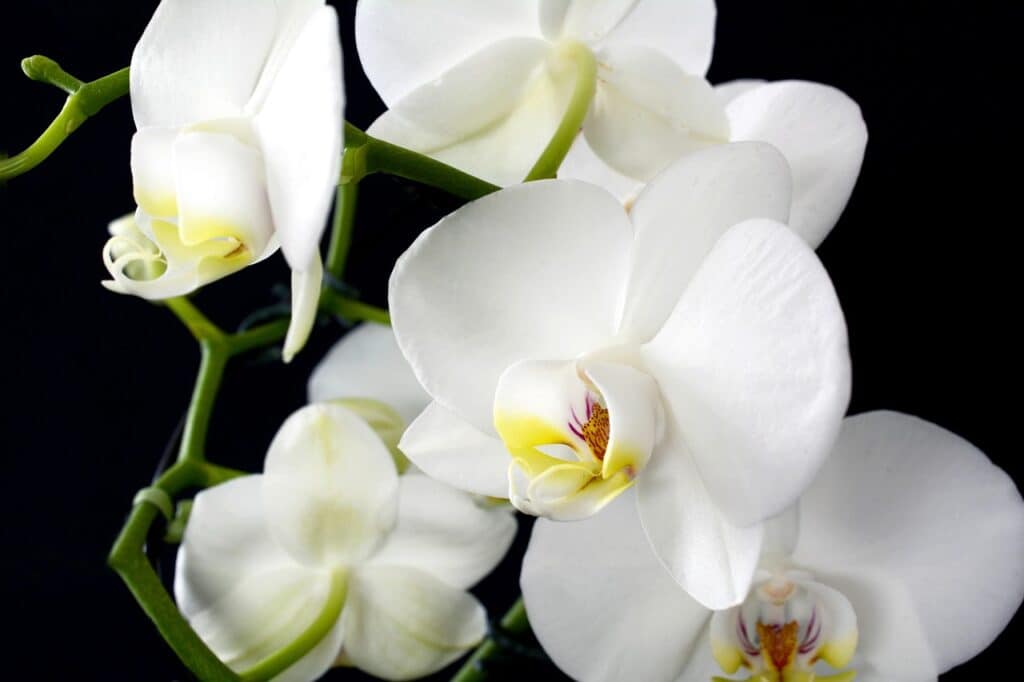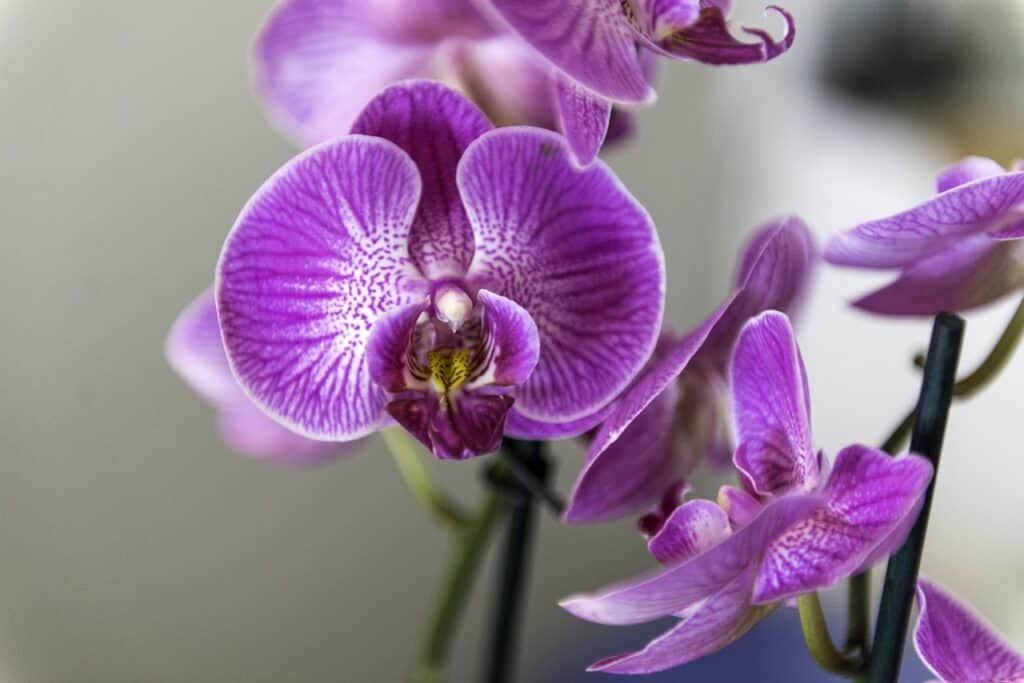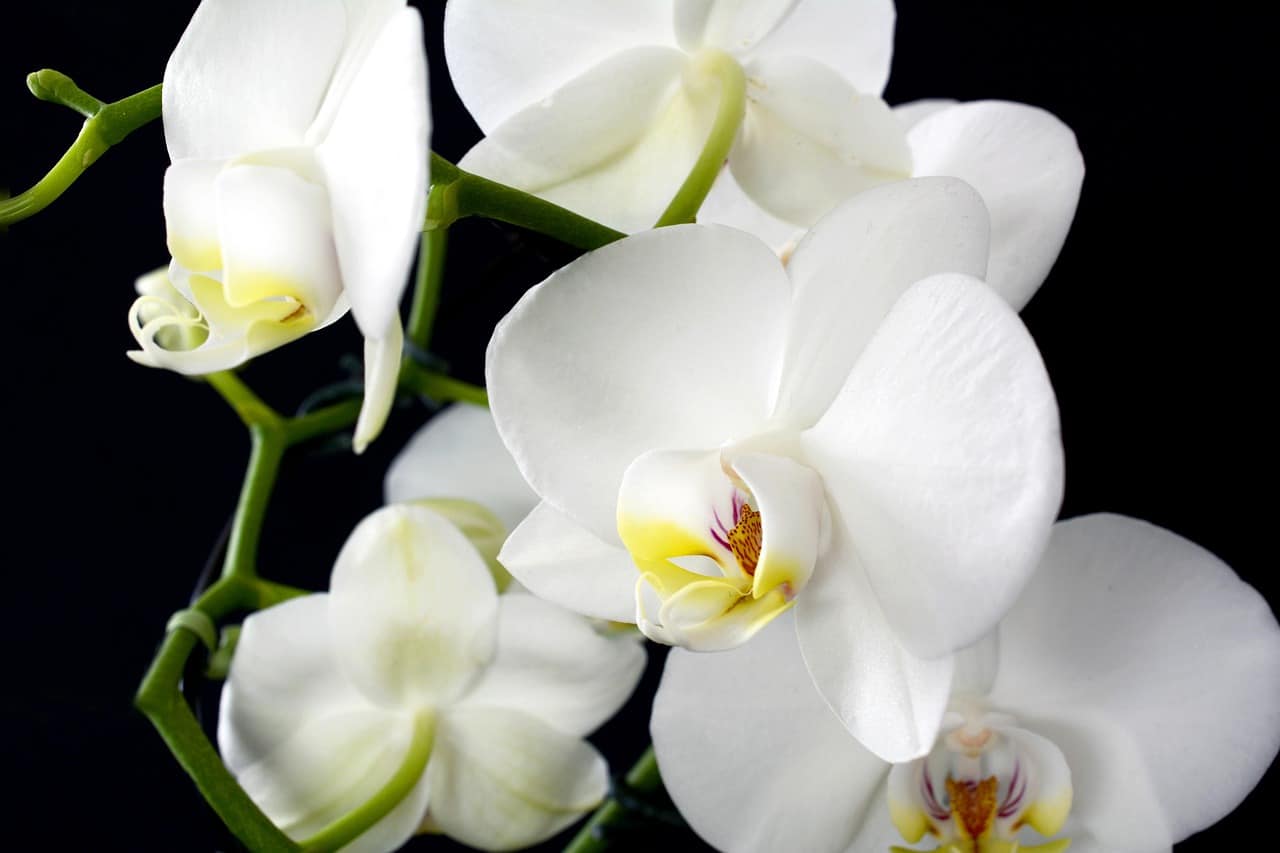Orchids are one of the most beautiful and exotic plants that you can own. They have delicate blooms and a variety of colors that can add beauty to your home, office, or outdoor garden. However, taking care of orchids can be a challenge even for experienced gardeners. To keep your orchid alive and healthy, you need to understand the type of orchid you have and the optimal growing conditions for that type. In this post, we will provide you with tips and tricks for caring for your orchid and ensuring its longevity.

Understanding Your Orchid: Types and Traits
Did you know that there are over 28,000 different types of orchids? Different types of orchids have different requirements for optimal growth and health. Here are a few common types of orchids and their characteristics:
– Phalaenopsis (Moth Orchids): These are among the most common orchids. They have a single stem with large, broad leaves and delicate flowers of different colors, usually pink, white, or yellow.
– Cattleya: These are among the most beautiful orchids, known for their vibrantly-colored flowers, usually purple, pink, and yellow. They need bright light and high humidity to thrive.
– Dendrobium: These orchids have long-lasting flowers in white, yellow, pink, or purple colors. They can grow to be quite large and need warm temperatures to survive.
– Oncidium (Dancing Lady Orchids): These orchids have many small flowers and resemble a spray of pearls on a tall stem. They need bright light and lots of water to thrive.
Factors affecting the growth and health of orchids
Various factors can affect the growth and health of orchids. Here are the most important ones:
– Light: Orchids need bright but filtered light to thrive. Direct sunlight can damage the foliage, while inadequate light can lead to poor growth and pale leaves.
– Temperature: Orchids need warm temperatures between 60 and 85°F to survive. Drastic temperature changes or extreme cold can damage the plant.
– Moisture: Orchids need humidity to grow and thrive. You can mist your orchid with water or use a humidifier to keep humidity levels around 50-80%.
– Water: Orchids need soil that drains well, but they also need to be watered regularly. They should not be left to dry out but also should not be overwatered as this can lead to root rot.
Providing the Essential Care for Your Orchid
Watering: Orchids need to be watered regularly, but too much or too little water can be detrimental to their health. Only water your orchid when the soil is dry to the touch, usually every 7-10 days. Water them in the morning and avoid getting water on the leaves or blooms, as this can cause rot.
Fertilizing: Orchids need to be fertilized every 4-6 weeks during their active growing season. Choose a fertilizer that is specifically designed for orchids and dilute it to half-strength before applying it to the soil. This will ensure that the orchid gets all of the necessary nutrients without being over-fertilized.
Repotting: Orchids should be repotted every 1-2 years. When repotting, upsize the pot and choose a soil mix that is designed for orchids. Make sure to remove any dead or damaged roots and don’t pack the soil too tightly around the roots.
Identifying and treating common orchid diseases
Orchids are susceptible to a variety of diseases and pests. Here are some common ones to look out for:
– Black Rot: This fungal infection causes black spots on the leaves and stems. It can be treated with a fungicide and by removing any infected parts of the plant.
– Scale Insects: These pests are small and appear as bumps on the leaves and stems. They can be removed by using an alcohol-soaked cotton swab or by applying a horticultural oil spray.
– Spider Mites: These pests are tiny and usually appear as webbing on the leaves. They can be treated with a miticide or by spraying the plant with soapy water.

Orchid Maintenance: Tips for a Long-lasting Plant
Pruning: Pruning your orchid can help to keep it healthy. Remove any dead or damaged leaves and flowers, as well as any excess growth that may be taking energy away from the rest of the plant.
Grooming: Orchids need to be groomed regularly to remove any dust or debris that may be blocking their pores. You can use a soft brush to gently clean the leaves and flowers.
Creating optimal growing conditions for your orchid
Light: Provide your orchid with bright but filtered light. You may need to move the plant to different locations in your home or office to find the best spot.
Temperature: Keep your orchid in a warm and stable environment. You may need to use a space heater or air conditioner to maintain the right temperature.
Moisture: Ensure that your orchid has enough humidity by misting it regularly or using a humidifier.
Water: Water your orchid regularly, but avoid getting water on the leaves or blooms. Make sure that the soil drains well and isn’t overly moist.
Conclusion
Taking care of an orchid can be a bit of work, but the beauty and elegance of this plant make it worth the effort. By understanding the type of orchid you have and providing it with the essential care and maintenance, you can ensure that your orchid remains healthy and beautiful for years to come.

